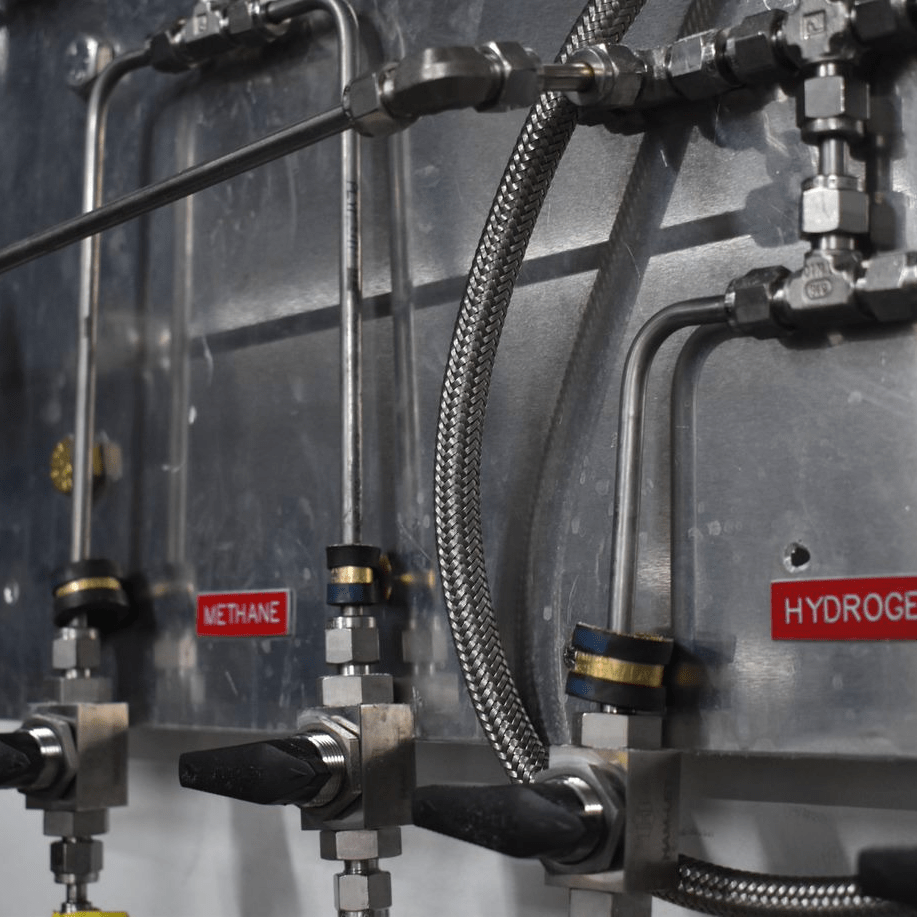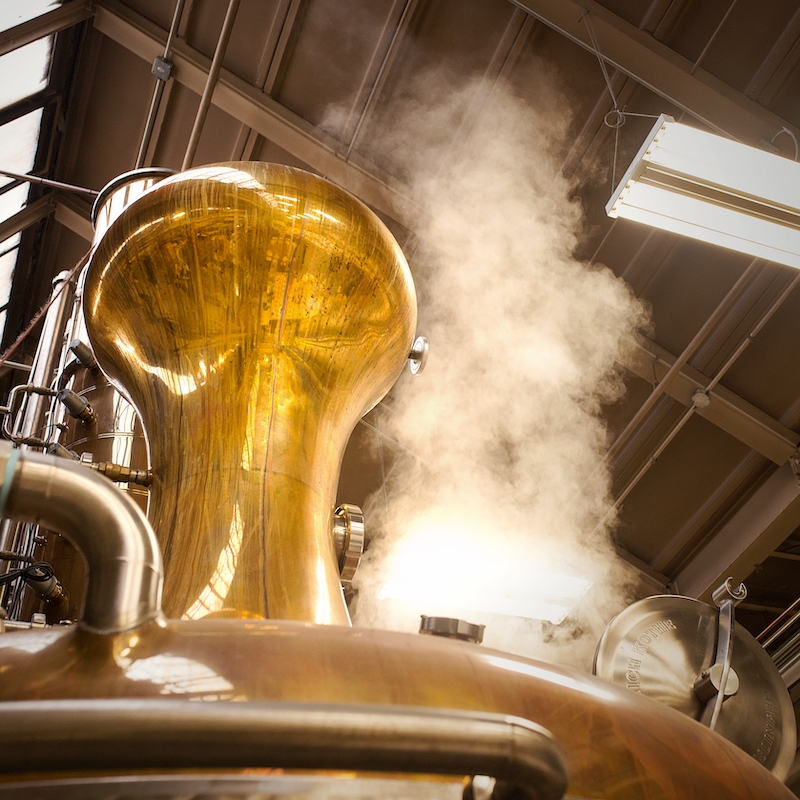What is Turquoise Hydrogen?
The color spectrum is often used to describe the different methods and carbon intensities of hydrogen production. While green hydrogen is produced using renewable energy sources like wind and solar, blue hydrogen is produced primarily through steam methane reforming (SMR) of natural gas. Steam methane reforming is an extremely polluting method of generating hydrogen, releasing massive amounts of carbon dioxide. "Blue" hydrogen proposes to offset the pollution of this traditional approach by capturing CO₂ from the atmosphere and pumping it underground.
Turquoise hydrogen is generated through the pyrolysis of natural gas, using a technique where the natural gas is not burned and CO₂ is not released. This method produces hydrogen and solid carbon. Endorsed by leading institutions like the European Commission, turquoise hydrogen effectively harnesses the existing infrastructure of fossil fuels without CO₂ emissions, reducing the carbon footprint considerably. Other notables who are "extremely enthusiastic about" turquoise hydrogen include Former Secretary of Energy Ernest Moniz as well as Bill Gates, who is an investor in Modern Hydrogen.

Emerging Technologies in Hydrogen Production
There are carbon-neutral ways to produce hydrogen, primarily using renewable energy sources like wind and solar farms or through methane pyrolysis. With these methods, hydrogen can be derived either from water using electricity or from natural gas via high-temperature heating.
While these clean hydrogen production methods are not novel in concept, commercial technologies deploying them at an application scale are relatively new. For context, in 2019, merely 0.1% of global hydrogen was sourced from electrolysis. And though 2020 saw an uptick in "green hydrogen" production, it's evident that the hydrogen production industry still has significant strides to make for truly sustainable hydrogen production, transportation, and storage.

Meeting the Demand: Turquoise Hydrogen
If industries like power generation and transportation were to integrate hydrogen at a substantial scale, then fulfilling the increased demand would become a pressing challenge.
For long-term sustainability, green hydrogen will be a powerful tool as renewable energy technologies mature and become more affordable. Unfortunately, the production of green hydrogen is massively constrained and limited by the availability of renewable electricity. As a result, a more immediate solution is needed. This is where "turquoise hydrogen" steps in. It leverages existing natural gas infrastructure, produces no direct CO2 emissions, utilizes existing infrastructure, and delivers cost-effective clean fuel for dispatchable heat and power.

Moving Forward
As we transition towards a more sustainable energy future, turquoise hydrogen offers a promising bridge. It acknowledges the present limitations while also providing a practical approach to meeting current hydrogen demands. It is especially important for hard-to-decarbonize industries. By staying informed on market trends and technological advancements, we can collaboratively drive forward to a more sustainable energy landscape.


